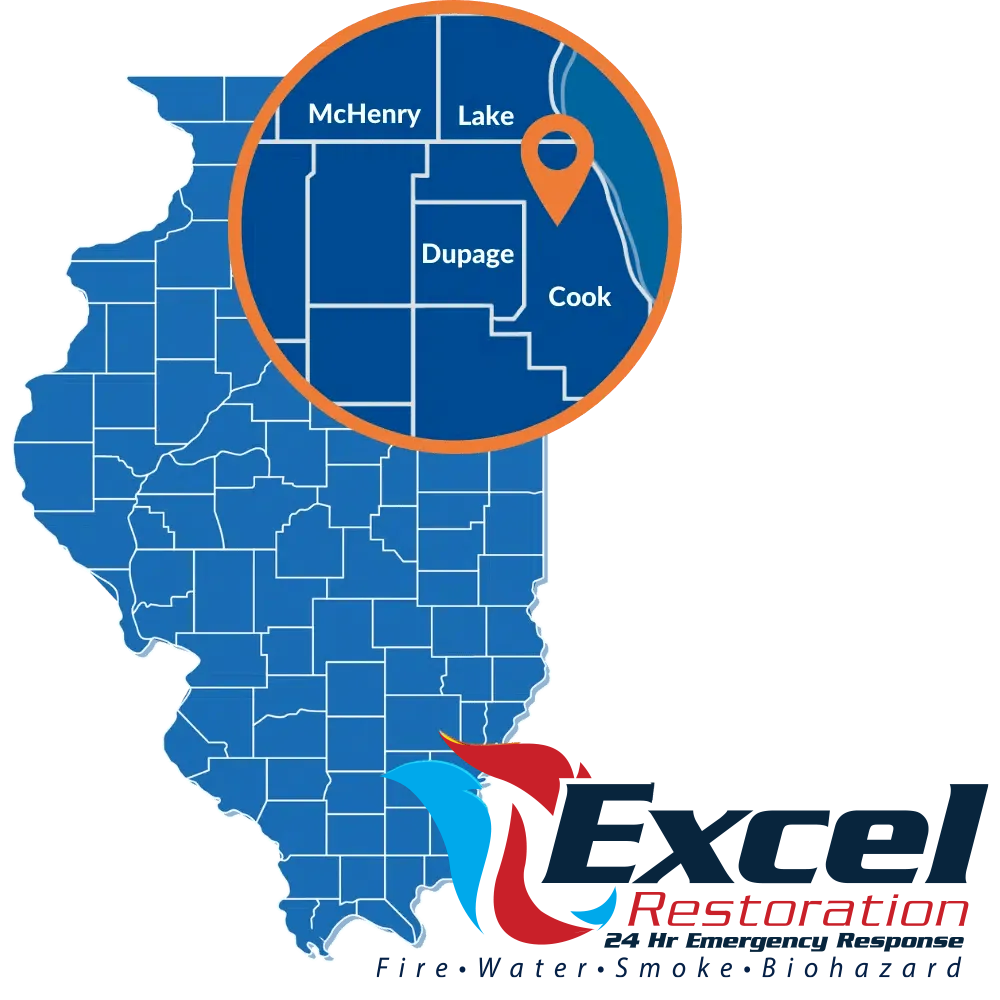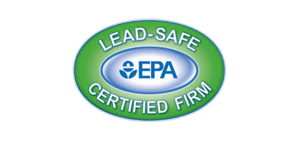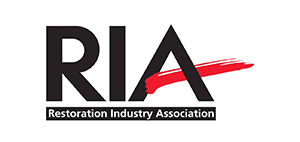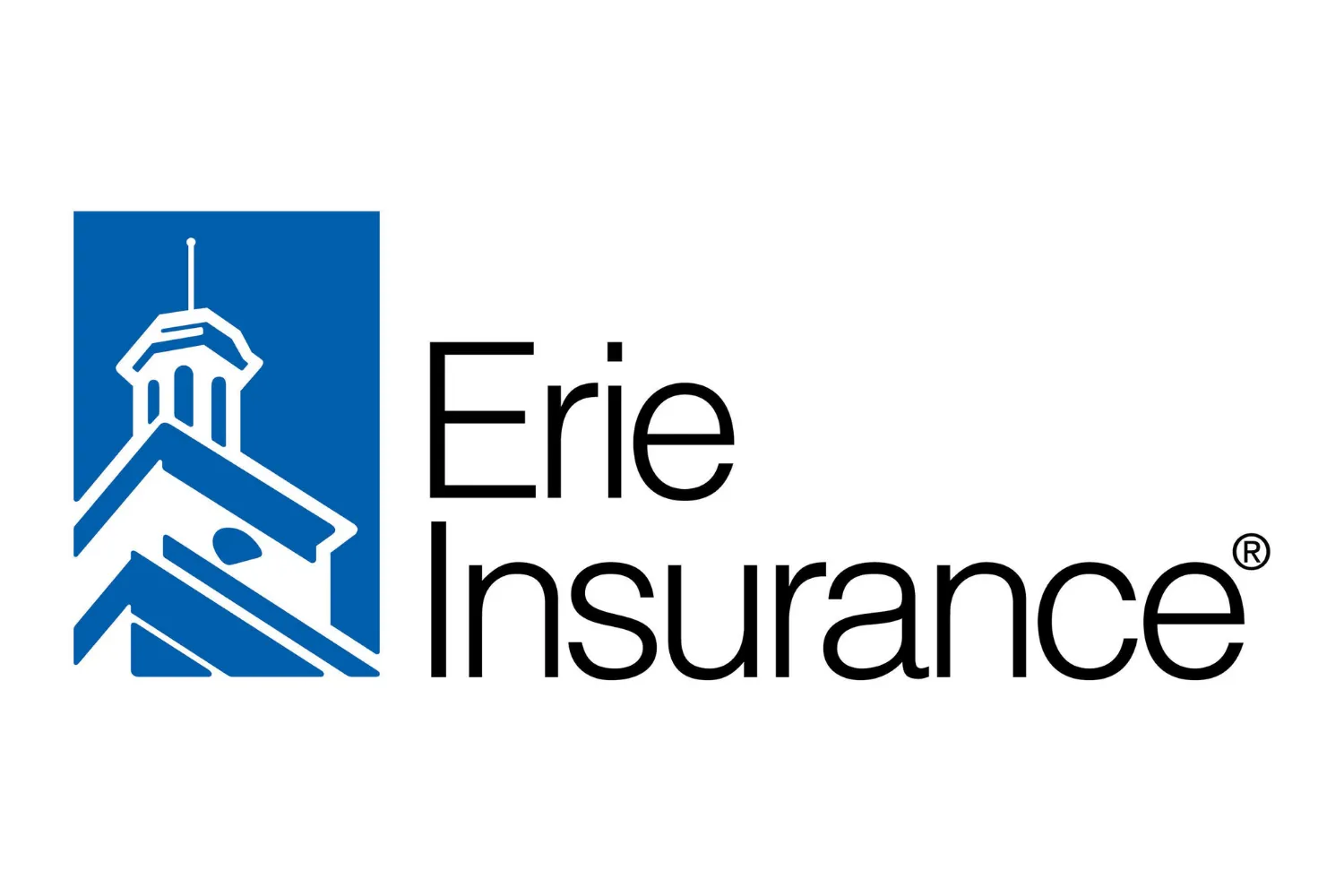Have you experienced water damage to your Chicago area home or business? If you have suffered water damage, you’ll need to act quickly. Proper water damage restoration is imperative to make sure your home or business can be restored to its original state.
Water damage restoration in your home can help prevent a number of issues including mold growth and structural damage. It is always a good idea to consult a certified water damage repair like Excel Fire And Water Damage Restoration Services to help with the process, but there are steps you can take to ensure complete water restoration damage. Knowing this, you can handle any flood, storm, or any related damages that would require the services you can get from a professional for your home.
The Water Damage Repair Process
Water damage can be caused by flooding from storms, the malfunction of household appliances, leaky pipes, or even high humidity in your building. Following these steps can help you take the proper actions to make sure everything is cleaned up and repaired to the best of your ability. Restoration from water damage can be an arduous process, so it’s important that you get a complete picture of what you need to do in an emergency situation so restoration for water damage can be performed in an effective manner.
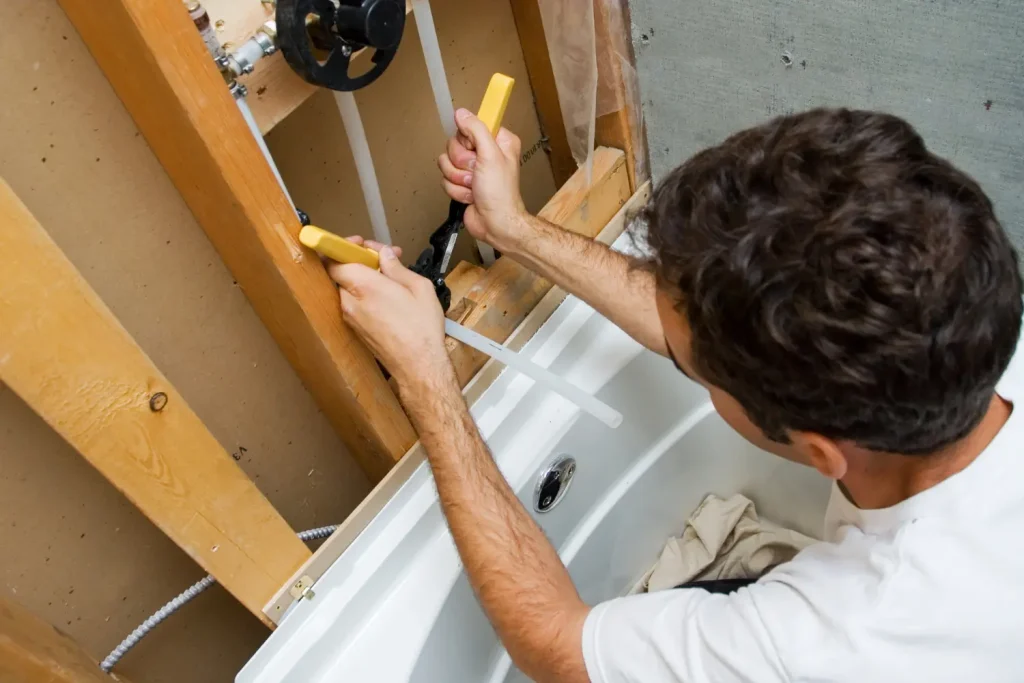
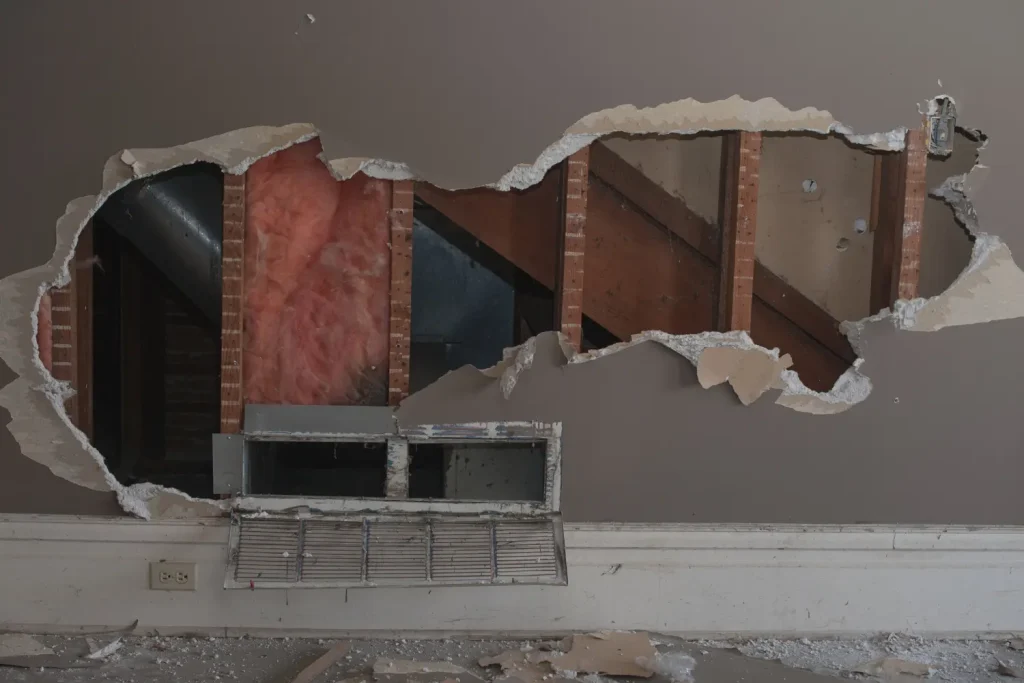
- Determine The Type of Water Damage Repair You’re Dealing With: Water damage can be caused by different types of water and call for different types of repair. Clean water mainly comes from rain and leaky pipes and can be relatively safe to clean up yourself. Gray water is the slightly dirty water coming from dishwashers, washing machines, and other appliances and it can also be cleaned up safely with the proper equipment. Black water is present in sewage and river water and can occur after a storm or heavy flooding. Black water can pose a number of health risks, so if you’re dealing with black water it’s best to hire a professional water damage repair company to provide restoration services.
- Look Out for Mold: Mold is likely to grow after flooding if the damaged materials are not thrown away or if the affected areas are not dried and cleaned properly. Mold spores can be harmful when breathed in and certain materials like carpeting cannot ever be fully sanitized, so it might be best to throw them out. Starting the drying process early on can prevent the growth of mold and an easier water damage restoration process.
- Completely Dry the Affected Area: Getting rid of all the moisture is the most important step to preventing any permanent damage. In order to completely dry the area, you’ll need to open the windows and use a large fan with a dehumidifier to make sure all the moisture is removed. If there is standing water in a room, water removal needs to take place using vacuums or pumps. For larger projects, water damage repair companies have access to industrial-sized dehumidifiers to completely dry out the areas. Drying is an extremely important step of the job because it remediates water damage and prevents the growth of toxic mold. You may need to call the services of a water damage restoration company that has access to water removal equipment so you can complete the drying process.
- Dispose of Certain Damaged Materials: Any material that’s porous such as carpeting, insulation, and fabric can be permanently damaged by water. Water seeps into these materials and causes mold to grow. It can be impossible to completely dry these materials out so it’s recommended to get rid of them and replace them instead. If you hire a professional water damage repair company, they may be able to perform contents cleaning services to help salvage some of these belongings.
- Disinfect the Area: Before you start any rebuilding, you should make sure the entirety of the affected area and objects are disinfected. This involves spraying everything with a sanitizing solution and wiping everything down. After this is done, drying must take place to ensure complete water damage restoration. Disinfecting and sanitizing the area ensures that the area is clean, protects your health, and prevents mold from growing.
- Repair Ceilings First: Make sure that ceilings are repaired first in a water damage repair project because the power of gravity can cause materials to sag if not properly repaired or replaced. Also, check your roofing and gutters for any damage; especially if you’ve recently experienced a storm. Make sure complete drying takes place to ensure effective water damage restoration.
- Make the Necessary Repairs and Restorations: This is where the bulk of the work comes in. You need to make sure to replace any damaged parts of your home like the walls, wood flooring, or anything else that can’t be salvaged. You can restore water damage by salvaging any items that can be cleaned of mold or water. Important documents can even be dried as a part of the water damage services offered by a water damage restoration company. This kind of work can be a big undertaking for DIY water damage repair, but it’s necessary to ensure your home is safe and structurally sound.
- Check with your Insurance: If the water damage repair project is big enough you might have to make an insurance claim. Get as much documentation as you can right after a flood takes place and after the flood damage job is done. Ask your restoration contractor to see if they can help you work with your insurance company.
Call Excel Fire And Water Damage Restoration Services for Water Damage Repair
Although some water damage repair projects can be handled on your own, using a professional contractor is safer and easier. Excel Fire And Water Damage Restoration Services provides emergency water damage restoration to Chicago area. At Excel Fire And Water Damage Restoration Services, we work with your insurance company so you can make an accurate claim. We have the experience and the know-how to handle any water damage restore job and completely repair your home or business with our professional water damage restoration services. Contact Excel Fire and Water Damage Restoration Service to learn more at (224) 212-1217.





